Tomorrow is St. Patrick’s Day, and we all know what that means: green everything. Green clothes, green cabbage, green beer, green bagels 🤢…so of course I wanted to feature a green recipe. Since my diet is so heavy on green vegetables I could have taken the easy way out and gone savory; of course I was determined to do a dessert instead. There aren’t many options for green ingredients that work well in sweet preparations, particularly when you don’t use artificial colors in your food. In fact, I’m betting the majority of you automatically picture mint when thinking of green desserts, and probably in the form of grasshopper pie or mint chip ice cream. Now, I’m not knocking either one of those foods – mint chip happens to be one of my favorite ice cream flavors – but they’re pretty basic, and that’s one thing my food certainly is not. (I can’t believe I just used the word “basic” in the slang sense. I hope my teenaged nieces are proud of me right now.) Anyhoo, since mint is out of contention, my brain went straight to matcha. And wouldn’t you know, apparently #matchamarch is a thing now on social media, so I’m totally on trend. Go me.
I’ve talked about my love affair with matcha before, and it’s still one of my favorite ingredients. Obviously it’s great in beverages and adds a wonderful twist to all sorts of baked goods, but the color can get lost when you bake it. So, how to preserve that vibrant green color and fabulous, complex flavor in a dessert? Ice cream would be perfect, but it’s been rainy and chilly here in LA lately; not exactly ice cream weather. Still, I liked the idea of something creamy and custard-like. And because I’m a masochist and need to make things as challenging for myself as possible, I also wanted to create a recipe that you can enjoy even if you can’t eat grains, eggs or dairy, and I personally can’t eat soy so that’s out too. Sure, let’s make a creamy, luscious custard without dairy, eggs OR soy. No biggie 🙄 To be honest, replacing the dairy is pretty easy now that there are so many alternative milks to choose from; the nut-based ones behave beautifully in many recipes. But what about the egg? It’s the primary thickening agent in traditional custards, and it adds body and richness. I see a lot of vegan custards that call for whipped tofu, but that’s soy so it’s a no-go for me. Chia seeds are often used to make a vegan pudding-like concoction, but it in no way resembles a creamy custard. And I can’t stand the texture or mouthfeel of custards that are thickened solely with starch. So what the heck is left?
Seaweed.
Yep, you heard me. Seaweed. Specifically agar-agar, which is the vegan answer to gelatin and comes in flake and powder form (I’ve provided instructions for using both). I know it sounds odd, but trust me on this. When I was a restaurant pastry chef I served a whipped vegan custard in tartlet shells made from a GF nut-based crust, and everyone flipped for it, even the omnivores. So I went back to my old notebook and reworked that recipe until I achieved my ideal vegan matcha custard. I started with a base of homemade cashew milk sweetened with maple syrup, and added ingredients from there. I wanted the bold matcha flavor to really sing, but too much matcha just reads bitter. Sure I could have countered it with more sugar, but I don’t like very sweet desserts so this needed to be balanced with something else. Acid is the best alternative to sugar for tempering bitterness, and lemon was the obvious choice since it’s an excellent pairing with matcha (FYI if you’ve never tried matcha lemonade, you’re missing out). A touch of vanilla and a hint of salt rounded things out, then it was just a matter of calculating how much agar to use for the appropriate level of gelling. I also added a little arrowroot powder, which is a great way to achieve a silky texture whenever acid is involved. After cooking the custard and allowing the agar to do its work and set up in the fridge, I scooped the whole thing into the blender and blitzed it into a glossy, creamy pudding. Success!
Here’s the custard after setting and before blending. Right now it’s a solid gelatin-like mass, but once you whip it in the blender it totally transforms.
See? Can you believe that solid gelled block whipped up into this lusciously creamy delight? It’s culinary wizardry!
So the custard was done, and I kept picturing a grasshopper pie and the cool contrast of green filling against a dark border, but I wanted to do something unique with the crust; chocolate would have been too predictable. Then I remembered the jar of black tahini in my fridge, and I got inspired. Matcha + sesame is a match made in heaven, and I have a recipe for awesome tahini cookies – what if I used black tahini instead of the standard tan variety, made a couple of other adjustments, and turned it into a tart crust? Boom. Worked like a charm. It’s like the adult version of a peanut butter cookie, but in crust form. Firm enough to hold the filling, but so tender that it basically melts in your mouth when you eat it.
Those are raw crusts ready to be baked. That wooden dowel-like thing is a tart tamper, which is used to press and smooth out the crust. I love it because it gets into the base crevice easily, but you can use a drinking glass instead, just make sure it has a flat, smooth bottom.
Here’s a closeup of one in progress as I was working it in. See that seam at the base? You want the crust to be flush against all sides of the pan. Also please ignore the specks of cashew – evidently I need a new blade for my food processor.
And the baked crusts. Notice that they will get paler and turn more of a shade of brown once baked. They look remarkably like chocolate, don’t they?
Now that the custard and crust were done, the only thing left to figure out was a garnish. Black sesame seeds were a no-brainer, and since there’s lemon in the recipe I settled on candied lemon slices as well. They’re super simple to make, gorgeous to look at, and taste delicious.
Stunning, right? I love candied citrus slices so much – they look like vibrant discs of textured glass (but taste a hell of a lot better). Believe it or not I used pink lemons; the amber-colored poaching liquid darkens them to this burnished finish.
Okay, that’s all the rambling you’re going to get from me this time. The recipe is pretty straightforward so we won’t go through it step by step. Feel free to leave a comment or contact me if you have any questions, and have a happy St. Patrick’s Day!
- For Filling:
- 9g (¼ cup) agar flakes¹, ground to fine powder
- 8 fl oz (1 cup) filtered water
- 120ml (½ cup) grade A maple syrup
- 16 fl oz (2 cups) cashew milk²
- ¼ tsp kosher salt
- 5 ml (1 tsp) vanilla extract
- 2 tsp lemon zest³
- 8g (1 Tbsp) arrowroot powder
- 10g (1 Tbsp) culinary grade matcha powder
- 20 ml (4 tsp) freshly squeezed lemon juice
- 45 ml (3 Tbsp) filtered water
- ¼ tsp spirulina powder, optional (for color)
- For Crust:
- 78g (½ cup + 1 Tbsp) cassava flour
- 63g (½ cup) raw cashews, roughly chopped
- 48g (¼ cup) coconut sugar
- 8g (1 Tbsp) arrowroot powder
- ½ tsp baking powder
- ¼ tsp salt
- 140g (½ cup) black tahini
- 132g (¾ cup) pitted dates⁴, roughly chopped
- 1 tsp lemon zest
- 1 tsp vanilla extract
- 15ml (1 Tbsp) warm water if necessary
- For Candied Lemon Slices:
- 12 fl oz (¾ cup) filtered water
- 48g (¼ cup) coconut sugar (or substitute evaporated cane juice)
- 124g (6 Tbsp) agave or golden syrup (or honey for a non-vegan option)
- 1 lemon, scrubbed and very thinly sliced (no thicker than ⅛ inch)
- For Garnish:
- Black sesame seeds
- Make the filling: Combine agar, water, and maple syrup in 2 ½ quart saucepan. Let mixture sit for 5 minutes. Bring to a boil, lower heat to a simmer, and cover partially with a lid. Simmer for about 10 minutes, stirring often and scraping sides and bottom of pan, until agar is completely dissolved. Stir in cashew milk, salt, vanilla, and 2 tsp zest, and return to a simmer over medium heat, whisking often, for 6-8 minutes until mixture is frothy and the slightest bit thickened.
- In a small bowl whisk together arrowroot, matcha powder, lemon juice, and water to dissolve. Add this slurry to the pot and simmer for 2 minutes, whisking constantly. Remove pan from heat and let cool for 5 minutes, whisking occasionally. If a more vibrant color is desired, whisk in ¼ teaspoon spirulina powder.
- Pour mixture into a shallow pan and chill in refrigerator until firm and set. While waiting for filling to set, prepare remaining components.
- Make the crust: Preheat oven to 350ºF. Add cassava flour, cashews, arrowroot, baking soda, and salt to food processor and pulse to a uniform grind. Add all remaining ingredients except water, and process until the dough comes together into a cohesive lump - it should gather around the blade. If the dough seems crumbly or isn’t holding together, drizzle in the water and process again.
- Roll the dough into a ball and flatten into a disc that will fit inside an 8- or 9- inch removable bottomed round tart pan. pan. Place the dough disc in the pan, and working from the center outward, press the dough evenly into the bottom and up the sides of the pan. Cover the flat surface of the dough with a sheet of waxed paper, and use the bottom of a flat, smooth drinking glass or a tart press to smooth the surface. Trim any excess dough from the upper/outer edge so the crust is evenly fluted with a flat border around the top. Use a fork to gently dock the bottom of the crust all over with holes, and bake for 13-15 minutes until dry and barely firm to the touch (crust will firm up more as it cools). Transfer pan to a rack, and cool crust completely in pan before filling.
- While crust is baking, candy the lemon slices: Line a cooling rack with a sheet of parchment and set aside. Combine water, sugar, and honey in a medium saucepan and bring to a simmer over medium heat, stirring occasionally, until sugar dissolves. Gently add the citrus slices to the syrup and cook at a bare simmer, turning occasionally, until outer rind is translucent (5-10 minutes depending on thickness). Use tongs to transfer the slices to the parchment, and allow to cool.
- Assemble the tart: Retrieve filling from refrigerator, and scrape into a blender or food processor. Whip until smooth and creamy, stopping and scraping down the container as necessary. Spread filling evenly into prepared crust, and use a spatula to smooth the surface, adding some optional swirls or peaks.
- Garnish: Sprinkle with black sesame seeds, and gently arrange several candied citrus slices in a decorative pattern as desired. Serve immediately.
² I prefer homemade cashew milk for this, but you can use a high quality store-bought option that doesn’t contain too many additives (make sure it’s also unsweetened and unflavored). If you can’t have cashews, almond milk is a good substitute. I do NOT recommend coconut milk for this particular recipe due to its viscosity and high fat content - it can make the pudding gummy.
³Zest the entire fruit, which should yield 2-3 teaspoons zest. Use 2 tsp for the filling, and reserve 1 tsp for the crust.
⁴The dates should be moist enough to stick to the knife blade when chopping. If they’re dry and not at all sticky, you may need to add a little extra water when you process the dough.
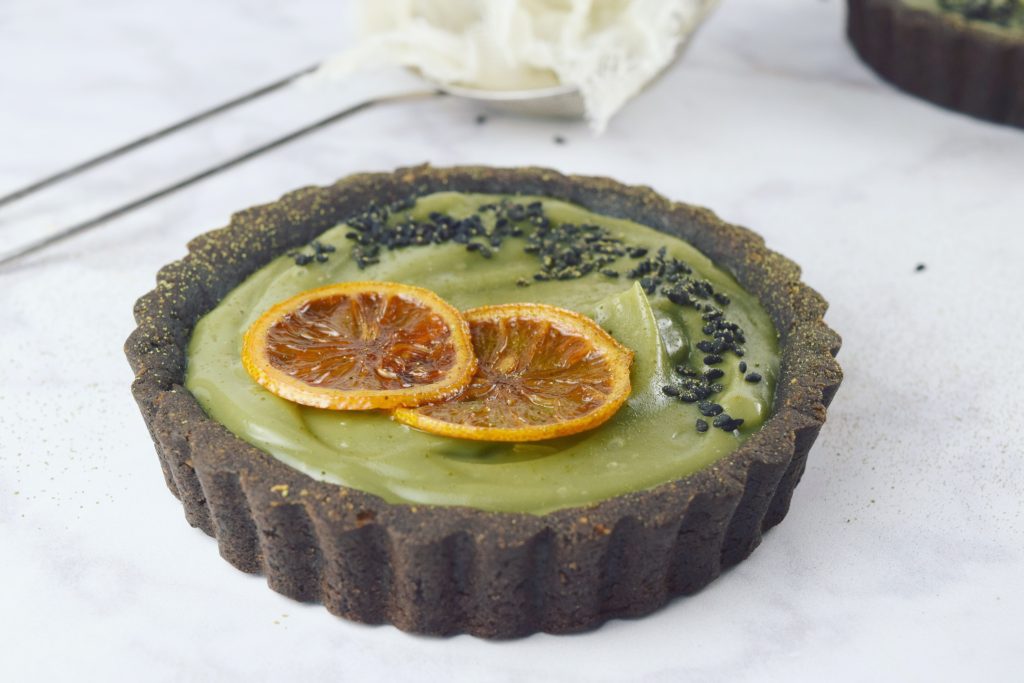
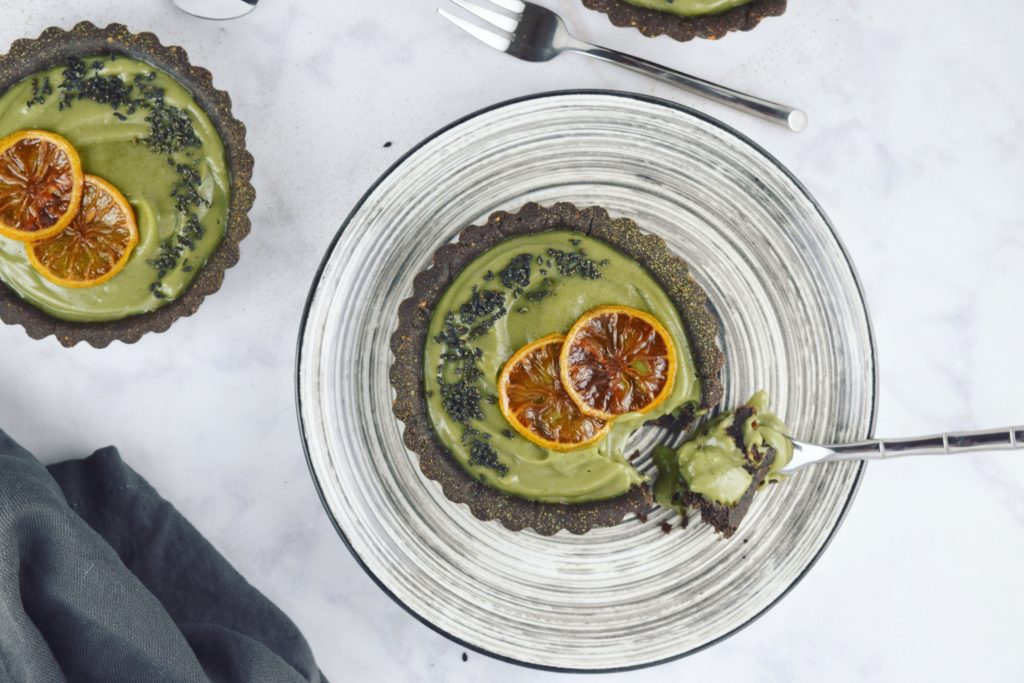
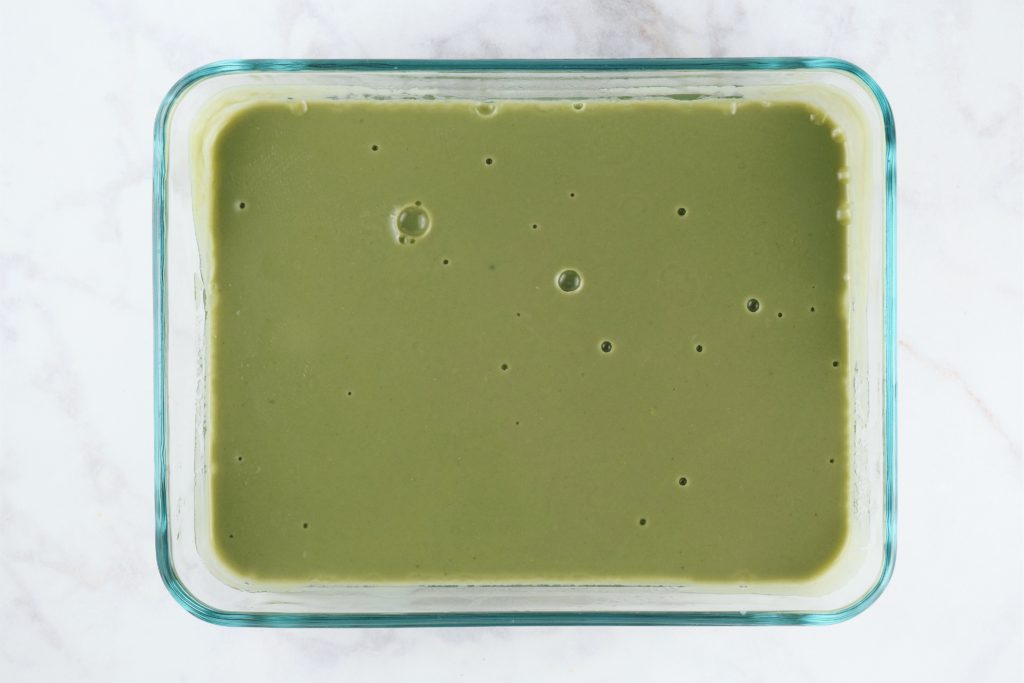
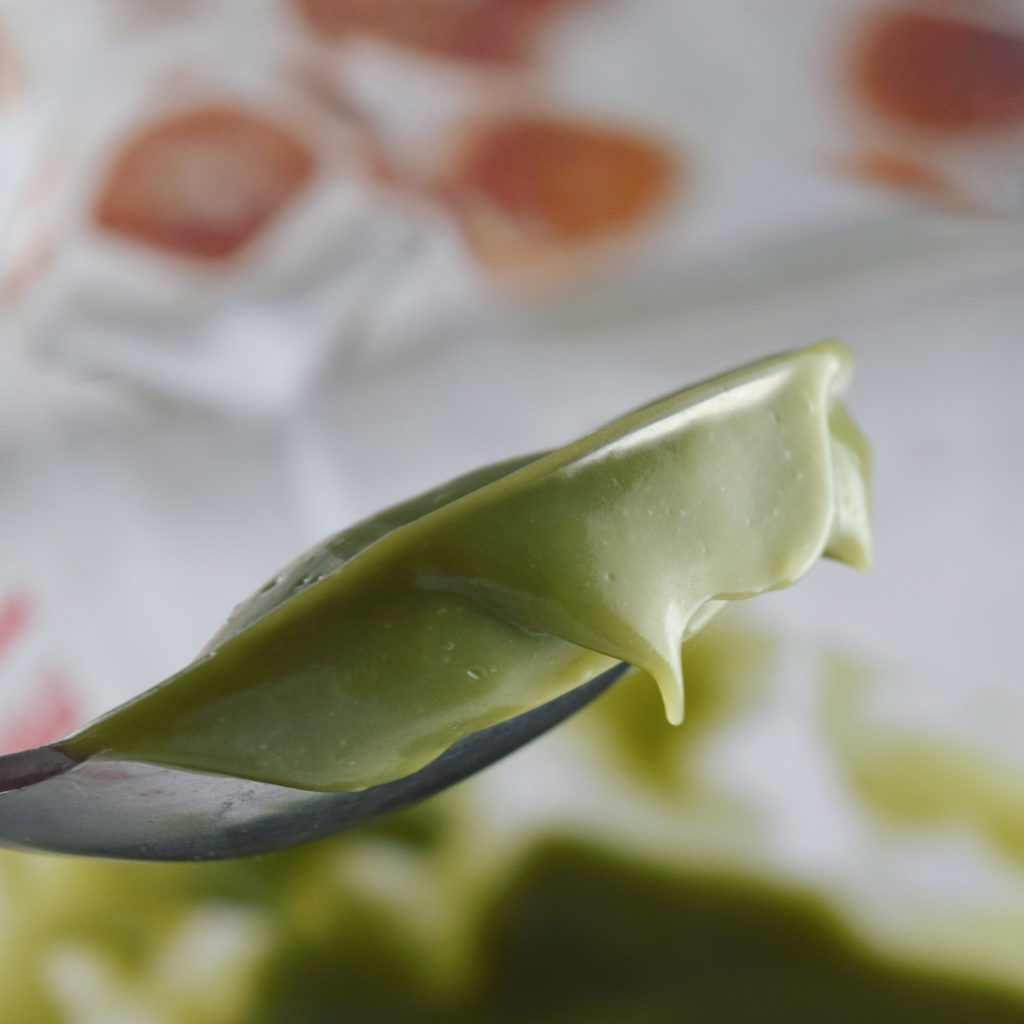

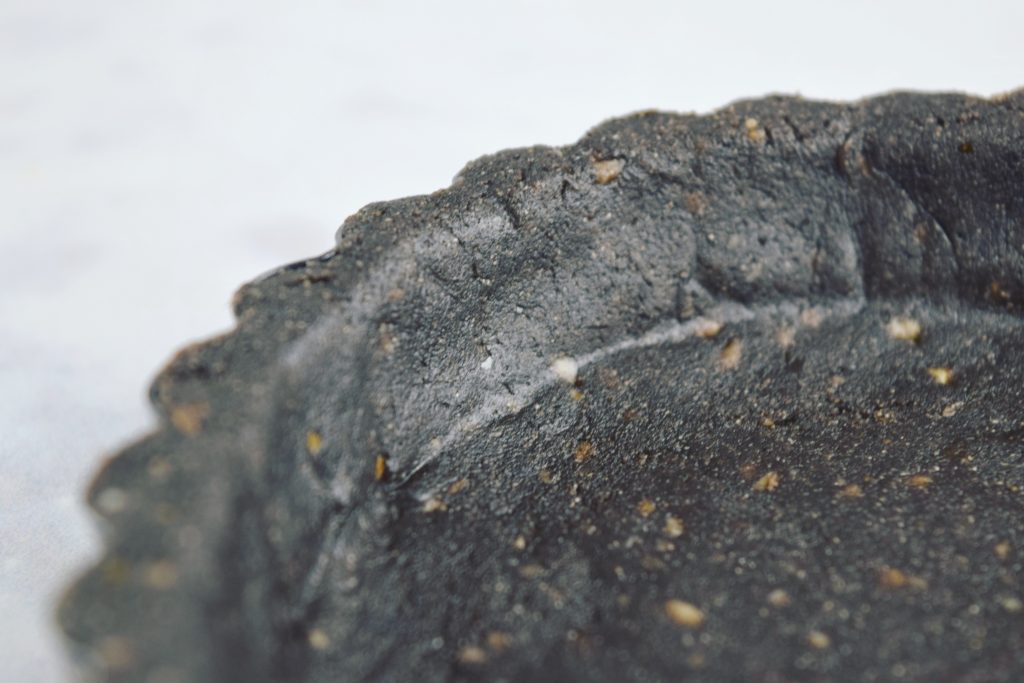
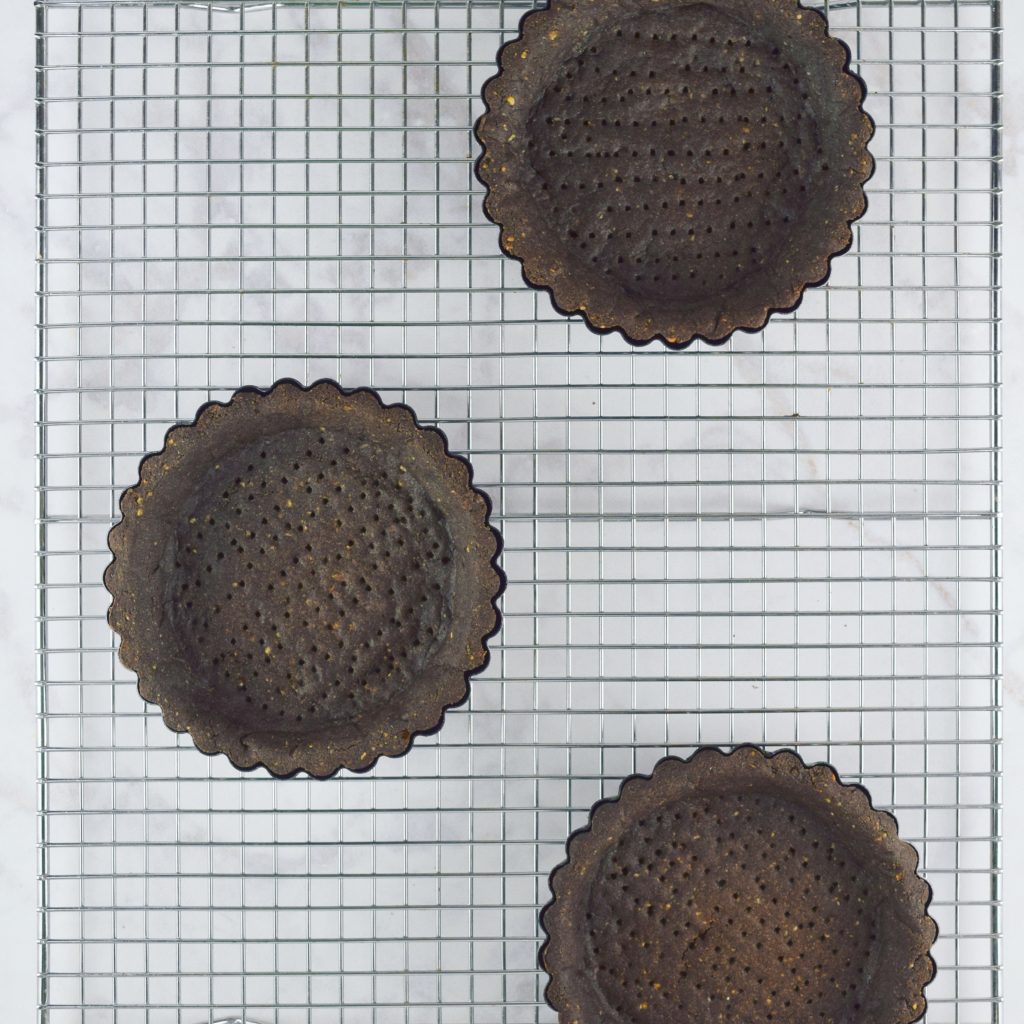
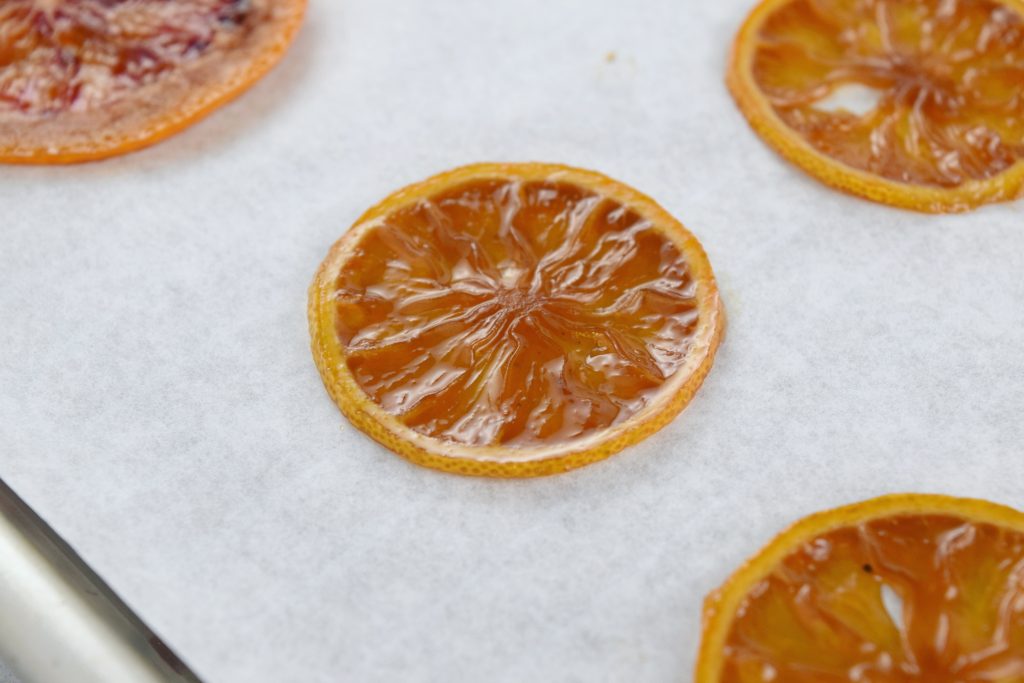
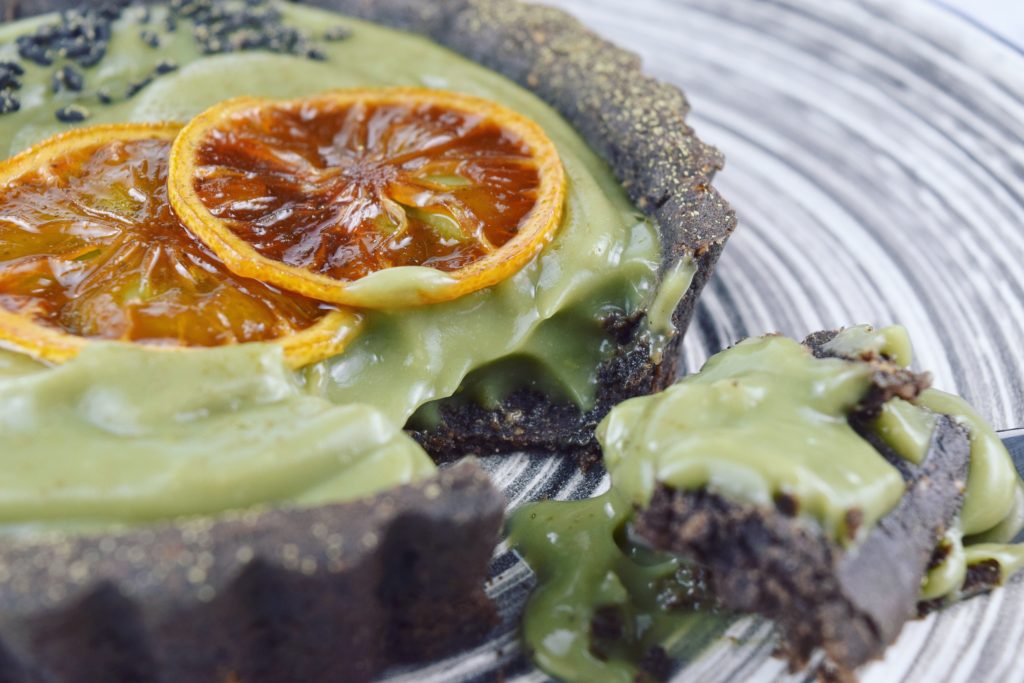

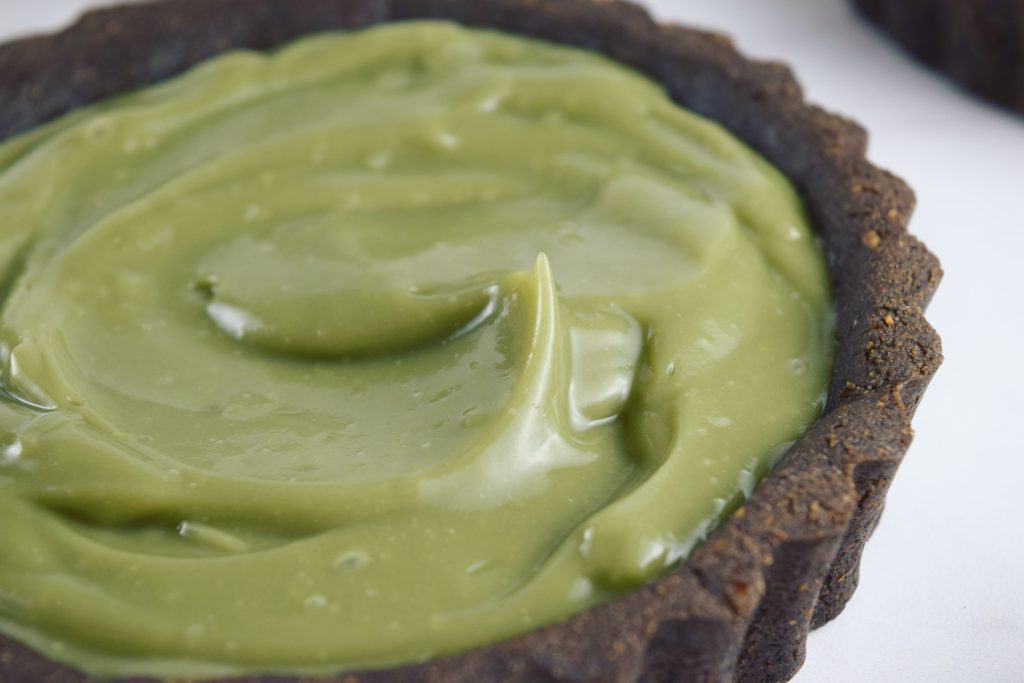
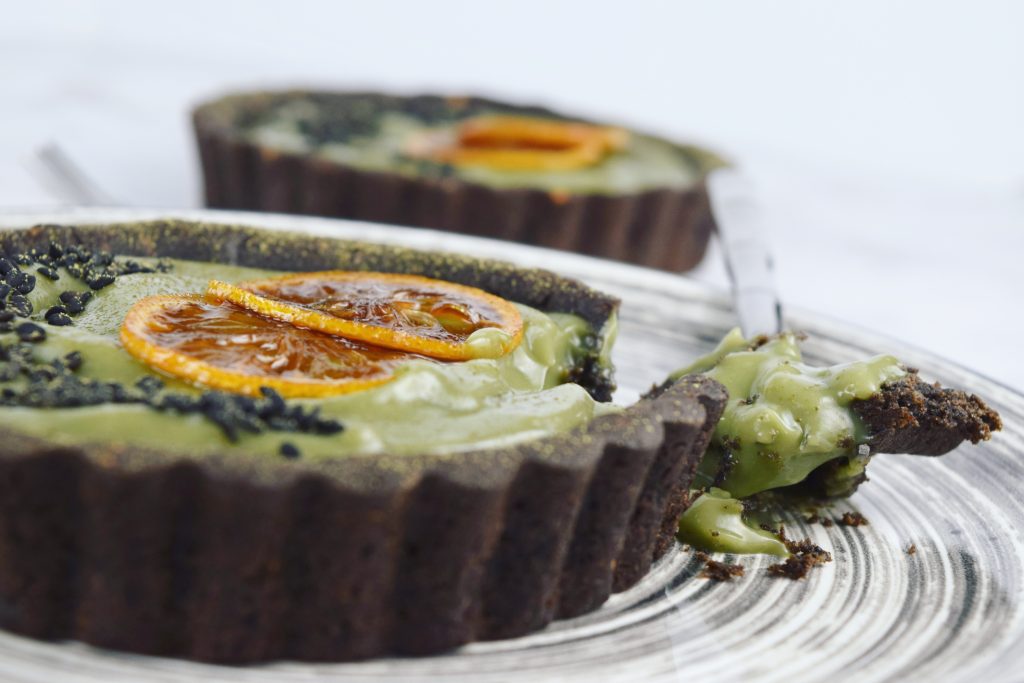



[…] in dessert recipes because it stands in beautifully for nut butters in things like cookies and tart crusts. I tend to steer clear of chickpeas in desserts though, because their flavor can be a bit too […]